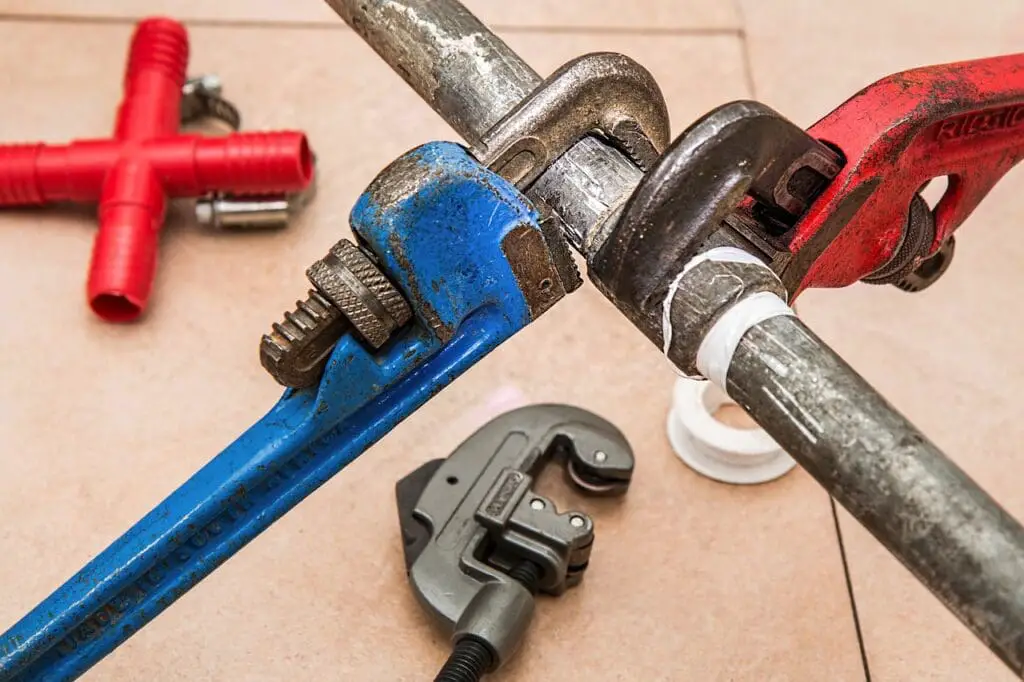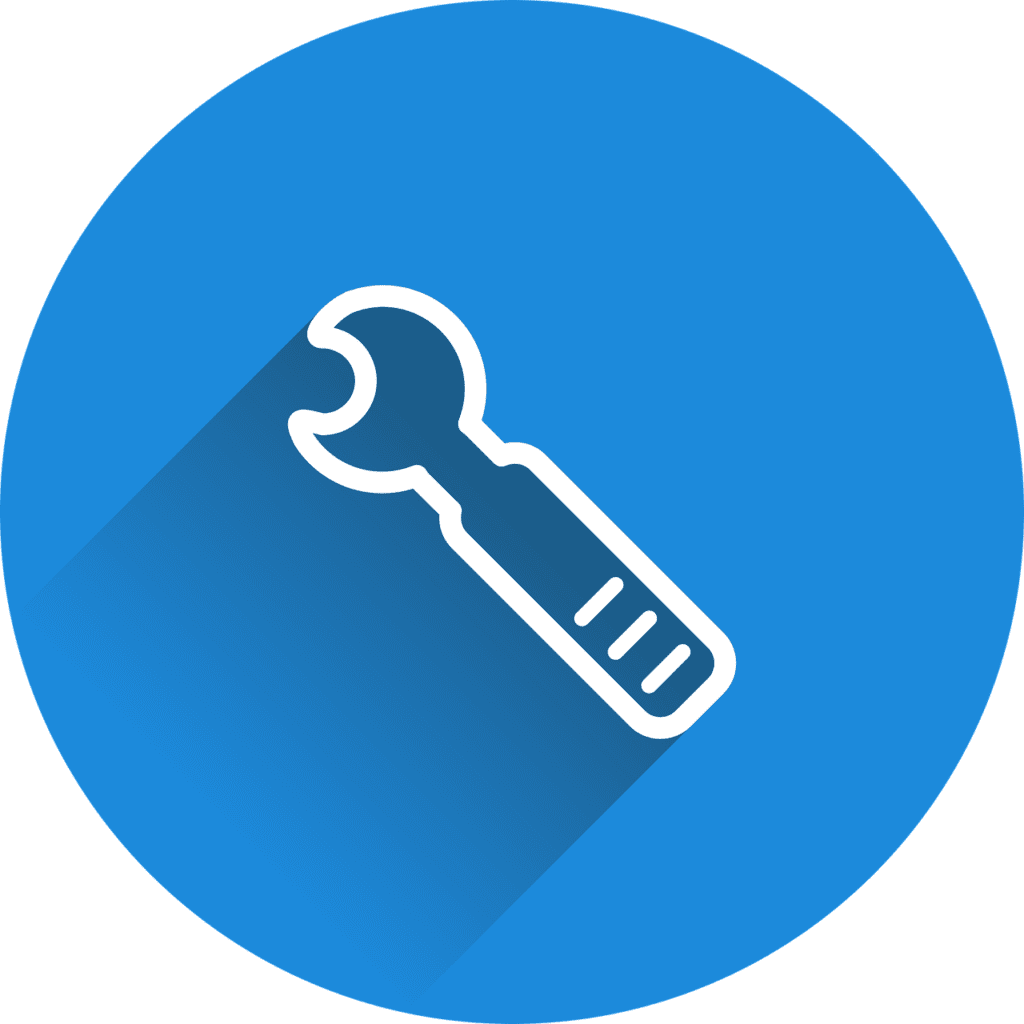Whether you’re a proud owner of a Ford vehicle or considering purchasing one, it’s important to understand the basics of Ford maintenance. This beginner’s guide will provide you with essential information to keep your Ford in top-notch condition. From routine oil changes to tire rotations, we will explore the key aspects of maintaining your vehicle, ensuring that it performs at its best and lasts for years to come. So, let’s get started on this journey of learning and taking care of your Ford!

1. Importance of Regular Maintenance
Regular maintenance is essential for keeping your Ford vehicle in optimal condition. By following a consistent maintenance routine, you can ensure its performance, promote safety, and prevent costly repairs.
1.1 Ensures vehicle performance
Regular maintenance plays a crucial role in maximizing your Ford vehicle’s performance. By adhering to the recommended maintenance schedule, you can keep the engine running smoothly, maintain fuel efficiency, and extend the life of various components. Regularly checking and replacing fluids, inspecting tires, and replacing worn-out parts will help keep your vehicle in top-notch shape.
1.2 Promotes safety
Safety is of paramount importance when it comes to driving any vehicle, and your Ford is no exception. Regular maintenance ensures that all safety features, such as brakes, headlights, and seatbelts, are functioning properly. Additionally, addressing any potential issues early on can prevent accidents and keep you and your passengers safe on the road.
1.3 Prevents costly repairs
Neglecting regular maintenance can lead to more significant problems down the road, resulting in costly repairs. By staying on top of the recommended maintenance tasks, you can identify and address minor issues before they escalate into major problems. This proactive approach can save you a significant amount of money in the long run and help preserve the value of your Ford vehicle.
2. Understanding the Ford Owner’s Manual
The Ford Owner’s Manual is a valuable resource that provides essential information about your vehicle’s maintenance and operation. Understanding how to locate and interpret this manual is crucial for effectively maintaining your Ford.
2.1 Locating the manual
The Ford Owner’s Manual can typically be found in the glove box of your vehicle. If you cannot locate it, you can also access a digital version online through the Ford website or other reputable sources. Make sure to familiarize yourself with the manual and keep it easily accessible in case you need to reference it during maintenance or troubleshooting.
2.2 Reading and understanding the information
Once you have located the Ford Owner’s Manual, take the time to read and understand the information it contains. It provides detailed instructions on various maintenance tasks, such as fluid checks, tire rotation, and filter replacements. Additionally, the manual includes important safety guidelines, operating instructions, and troubleshooting tips specific to your Ford model. By familiarizing yourself with this information, you can confidently perform maintenance tasks and address minor issues.
3. Ford Maintenance Schedule
To keep your Ford vehicle in excellent condition, it is essential to follow the manufacturer-recommended maintenance schedule. This schedule outlines the recommended intervals for specific maintenance tasks based on mileage and time.
3.1 Reviewing the recommended maintenance intervals
The Ford maintenance schedule provides guidance on when to perform essential maintenance tasks to ensure optimal vehicle performance and longevity. It typically includes intervals for tasks such as oil changes, tire rotations, filter replacements, and inspections. By reviewing and adhering to the recommended intervals, you can stay on track with your vehicle’s maintenance and avoid any unnecessary delays or potential issues.
3.2 Understanding essential maintenance tasks
The maintenance schedule also highlights the importance of specific maintenance tasks. These tasks may include checking and replacing fluids, inspecting brake pads and rotors, and replacing worn-out components. Understanding the purpose and significance of each maintenance task will help you prioritize them and ensure your Ford vehicle remains in excellent condition.
4. Basic Maintenance Tasks
Performing basic maintenance tasks on your Ford vehicle is a cost-effective way to keep it in optimal condition. Here are some essential maintenance tasks that you can easily perform on your own:
4.1 Checking and replacing fluids
Regularly checking and replacing fluids is crucial for your Ford’s overall performance. This includes engine oil, coolant, brake fluid, power steering fluid, and windshield washer fluid. The Ford Owner’s Manual provides guidance on how to locate and check these fluids and specifies the types of fluids recommended for your vehicle. By following these instructions and maintaining appropriate fluid levels, you can ensure smooth operation and prevent potential damage to your vehicle.
4.2 Inspecting tires and maintaining proper tire pressure
Properly maintaining your tires is vital for both safety and performance. Regularly inspecting the tire tread and sidewalls for signs of wear or damage can help you identify when it’s time for a replacement. Additionally, keeping the tires inflated to the correct pressure specified in the Owner’s Manual ensures optimal performance, fuel efficiency, and a smooth ride.
4.3 Changing the oil and oil filter
Changing the oil and oil filter at the recommended intervals is one of the most important maintenance tasks for your Ford. Fresh, clean oil lubricates the engine, reduces friction, and prevents excessive wear. The oil filter helps remove impurities and contaminants from the oil. Consult the Owner’s Manual for the specific type and grade of oil and filter recommended for your Ford model.
4.4 Replacing air filters
Air filters play a vital role in keeping the engine clean and protected from contaminants. Over time, the air filter can become clogged with dirt and debris, hindering the airflow and reducing fuel efficiency. Regularly inspecting and replacing the air filter, as recommended in the Owner’s Manual, will ensure proper engine performance and prevent potential damage.
4.5 Checking and replacing spark plugs
Spark plugs are responsible for igniting the fuel-air mixture in the engine cylinders. Over time, they can become worn out or fouled, resulting in reduced engine performance and fuel efficiency. Regularly inspecting and replacing spark plugs according to the recommended intervals will ensure optimal combustion and prevent potential issues.

5. Tools and Equipment for Ford Maintenance
Having the right tools and equipment is essential for effectively performing maintenance tasks on your Ford vehicle. Here are some essential tools you should have in your maintenance toolkit:
5.1 Understanding the essential tools
- Screwdrivers and wrenches of various sizes
- Pliers and wire cutters
- Socket set and ratchet
- Oil filter wrench
- Tire pressure gauge
- Jack and jack stands
- Funnel
- Fluid catch pan
- Safety gloves and goggles
These tools will help you perform a wide range of maintenance tasks, from fluid checks and filter replacements to tire rotations and minor repairs.
5.2 Building a basic maintenance toolkit
To build a basic maintenance toolkit, start by acquiring the essential tools mentioned earlier. Consider investing in high-quality tools that will last longer and provide better performance. Additionally, include some common spare parts such as light bulbs and fuses that are specific to your Ford model. Having these items readily available can save you time and money in case of emergencies or unexpected maintenance needs.
6. DIY vs. Professional Maintenance
When it comes to maintenance, you have the option to either perform tasks yourself or seek professional assistance. While both approaches have their pros and cons, it is essential to understand when each is appropriate.
6.1 Pros and cons of DIY maintenance
DIY maintenance allows you to save money on labor costs and gives you greater control over the maintenance process. It can also be a rewarding experience, allowing you to develop a deeper understanding of your Ford vehicle. However, it requires time, effort, and a certain level of expertise. If you are not confident in your abilities or lack the necessary tools, DIY maintenance may not be the best option.
6.2 When to seek professional assistance
There are instances when seeking professional assistance is necessary or preferred. Complex maintenance tasks, specialized repairs, or warranty requirements may be better handled by trained technicians at certified Ford service centers. Professional maintenance ensures that the work is done correctly, efficiently, and in compliance with manufacturer standards. If you are unsure about the task at hand or if there is a potential safety risk, it is advisable to consult a professional to ensure the proper maintenance of your Ford vehicle.

7. Troubleshooting Ford Issues
Even with regular maintenance, occasional issues may arise with your Ford vehicle. Understanding how to troubleshoot common problems can help you identify and resolve minor issues before they escalate. Here are some steps to help you troubleshoot:
7.1 Identifying common problems
Familiarize yourself with common issues that Ford vehicles may experience, such as battery problems, engine misfires, or electrical issues. Understanding the symptoms associated with these problems will help you narrow down the potential causes and take appropriate action.
7.2 Using diagnostic tools
Diagnostic tools, such as OBD-II scanners, can help identify specific issues by reading error codes stored in the vehicle’s computer system. These tools can provide valuable information about the nature of the problem, allowing you to troubleshoot more effectively.
7.3 Steps to resolve minor issues
For minor issues, consult the Ford Owner’s Manual or reputable online sources for troubleshooting tips specific to your Ford model. These resources often provide step-by-step instructions or recommended actions to resolve common problems. If the issue persists or if you are unsure about the appropriate steps, it is best to seek professional assistance to avoid further complications.
8. Warning Signs and Maintenance Tips
Being aware of warning signs and implementing proper maintenance tips can help you address potential problems and ensure the longevity of your Ford vehicle.
8.1 Understanding warning lights
Modern Ford vehicles are equipped with warning lights on the dashboard that indicate potential problems or maintenance needs. Examples include the check engine light, oil pressure warning light, or tire pressure monitoring system (TPMS) light. Consult the Owner’s Manual for a comprehensive list of warning lights and their meanings. If a warning light appears, address the issue promptly to prevent further damage or potential safety risks.
8.2 Regular cleaning and preservation
Maintaining the exterior of your Ford vehicle is not just about aesthetics; it also helps protect the paint and prevent rusting. Regularly washing the vehicle, removing debris, and applying wax or sealant can extend the appearance and life of the paint. Similarly, cleaning the interior, vacuuming the floor mats, and using protective covers will help maintain a comfortable and inviting cabin environment.
8.3 Tips for maintaining the interior
To preserve the interior of your Ford vehicle, consider implementing the following maintenance tips:
- Use seat covers and floor mats to protect against spills, stains, and wear.
- Avoid leaving sharp objects or heavy items on the seats to prevent upholstery damage.
- Use a UV-blocking windshield shade to minimize sun damage to the dashboard and upholstery.
- Clean the interior regularly, paying attention to sensitive areas such as the dashboard, steering wheel, and center console.
By following these tips, you can maintain the interior of your Ford vehicle in excellent condition and increase its resale value.

9. Maintenance for Different Ford Models
Although the maintenance principles discussed in this guide apply to all Ford vehicles, there may be variations and model-specific considerations. It is essential to understand any maintenance variations specific to your Ford model.
9.1 Maintenance variations among Ford models
Different Ford models may have varying maintenance requirements, particularly when it comes to specialized components or systems. The Ford Owner’s Manual for your specific model will provide detailed instructions regarding any model-specific maintenance needs. Be sure to review this information to ensure you are addressing all the necessary maintenance tasks.
9.2 Specific maintenance tasks for popular models
Ford has several popular models in its lineup, such as the Ford Focus, Ford Escape, and Ford F-150. While the general maintenance tasks discussed in this guide apply to these models, there may be some specific maintenance considerations. For instance, the Ford F-150 may require additional maintenance for its towing capabilities, while the Ford Escape may have specific requirements for its hybrid systems. Refer to the Owner’s Manual for your specific Ford model to understand any model-specific maintenance tasks.
10. Keeping Track of Maintenance
Keeping track of your Ford vehicle’s maintenance history is crucial for staying organized and ensuring you stay on schedule with essential tasks. Here are some methods for effectively tracking maintenance:
10.1 Creating a maintenance log
A maintenance log allows you to record all maintenance tasks performed on your Ford vehicle, including dates, mileage, and specific details. This log can be as simple as a handwritten notebook or a digital spreadsheet. By maintaining a log, you can easily monitor and plan for future maintenance needs and ensure you do not miss any crucial tasks.
10.2 Utilizing digital tools and apps
If you prefer a more technologically advanced way of tracking maintenance, consider using digital tools and apps designed specifically for vehicle maintenance. These tools and apps provide convenient features such as automatic reminders, service history tracking, and maintenance recommendations based on your Ford model. Some popular options include Fuelly, Carfax, and MyCarfax.
By utilizing these tools and methods, you can maintain a comprehensive and organized record of your Ford vehicle’s maintenance history, making it easier to stay on top of necessary tasks.
In conclusion, regular maintenance is vital for the optimal performance, safety, and longevity of your Ford vehicle. By understanding the importance of regular maintenance, familiarizing yourself with the Ford Owner’s Manual, following the recommended maintenance schedule, and implementing basic maintenance tasks, you can keep your Ford in excellent condition. Whether you choose to perform maintenance yourself or seek professional assistance, troubleshooting issues, and keeping track of maintenance, these practices will help ensure a smooth and enjoyable ownership experience with your Ford vehicle.



